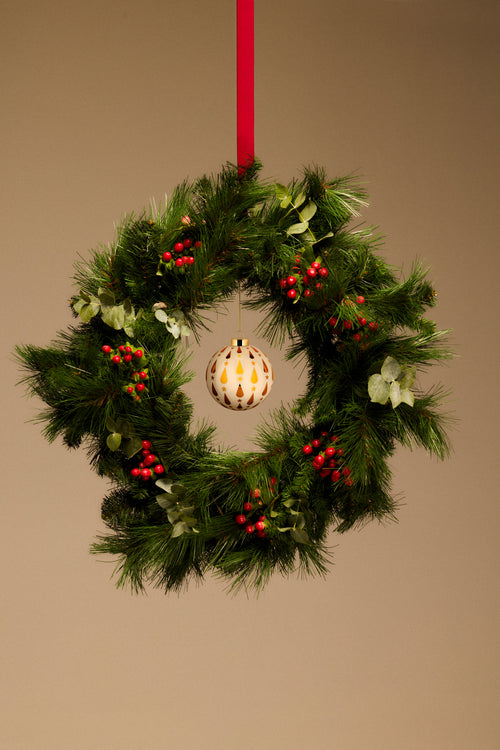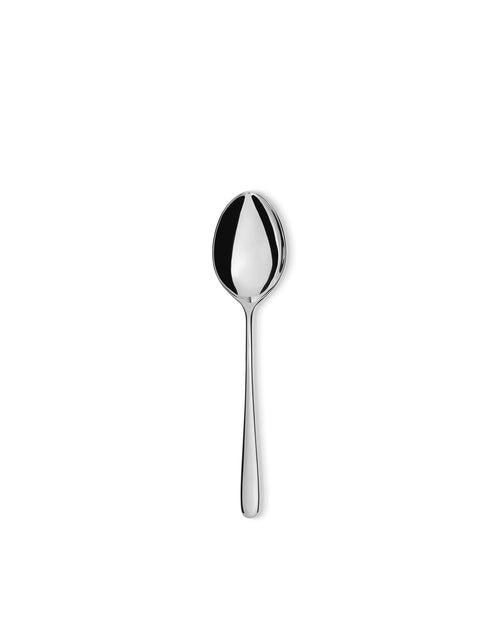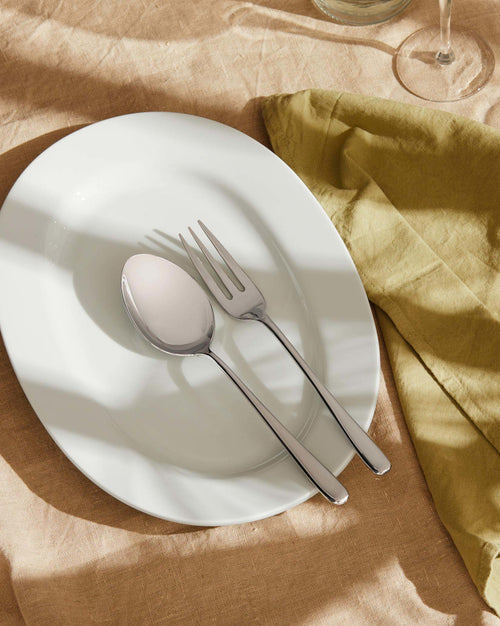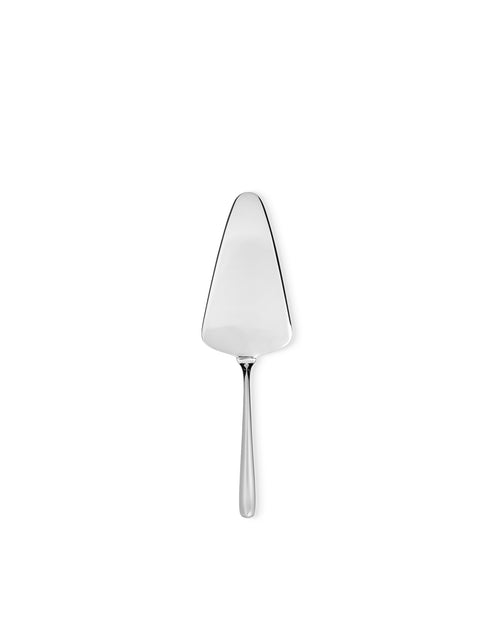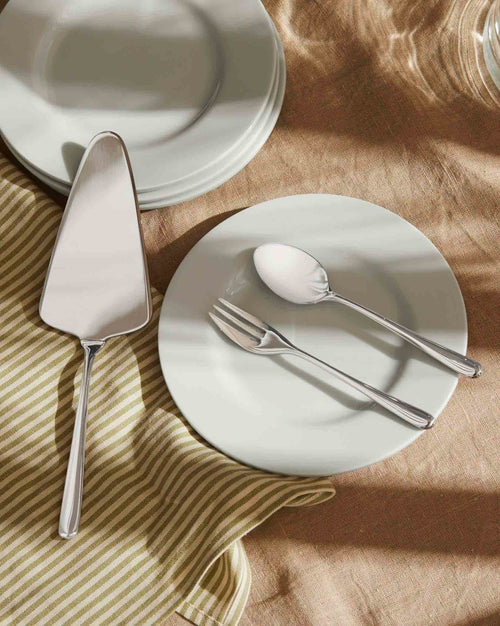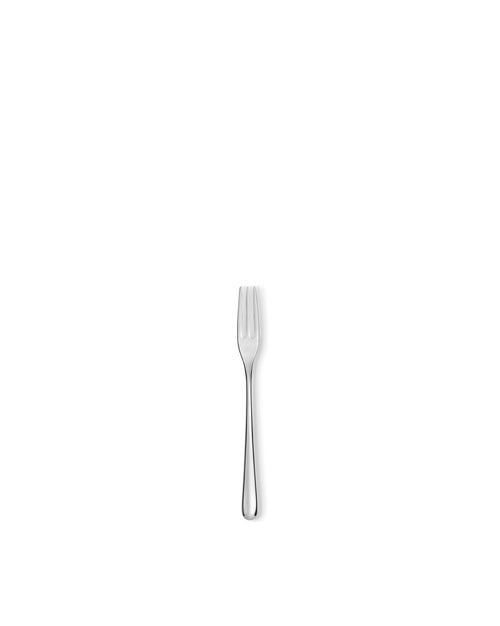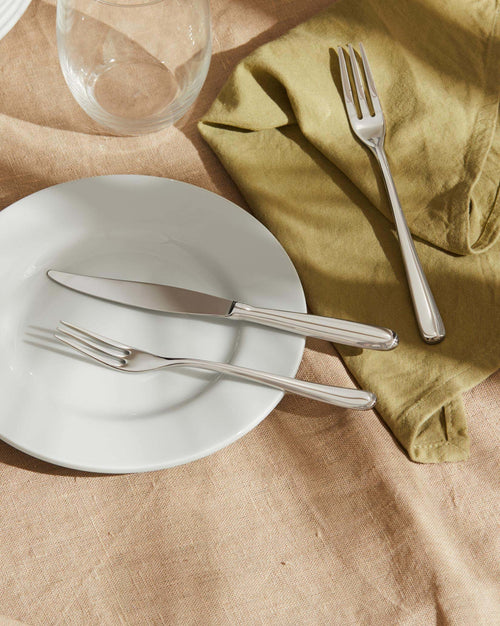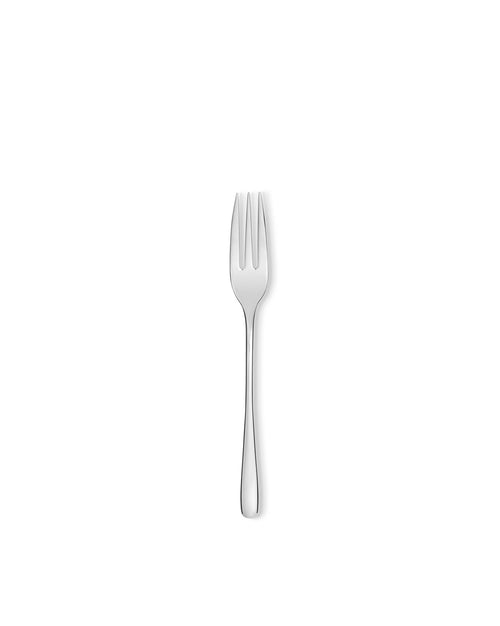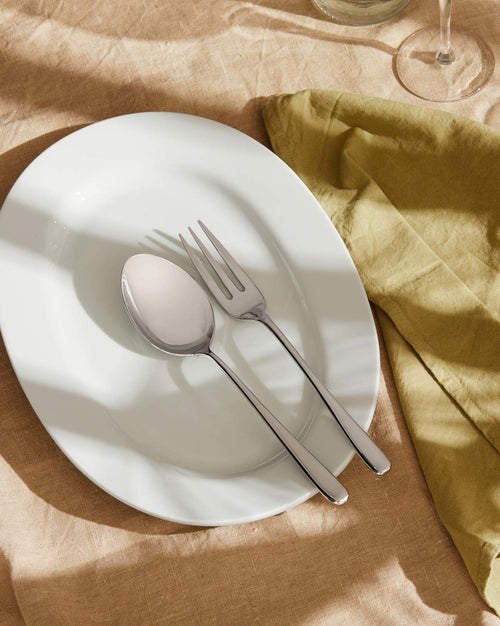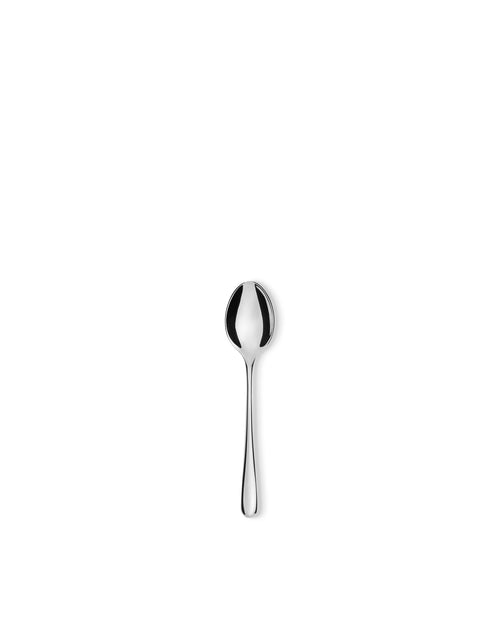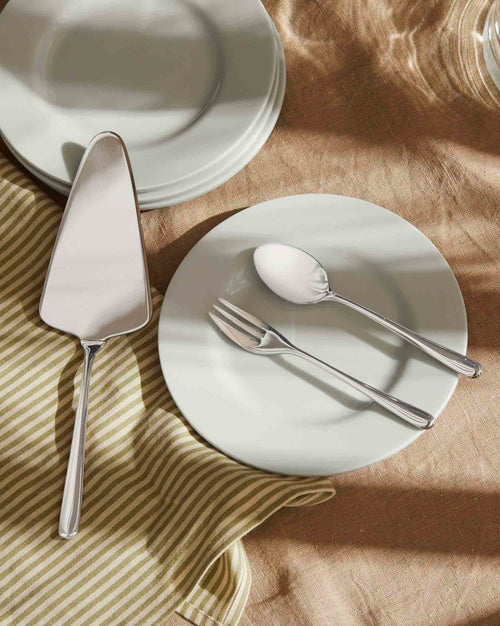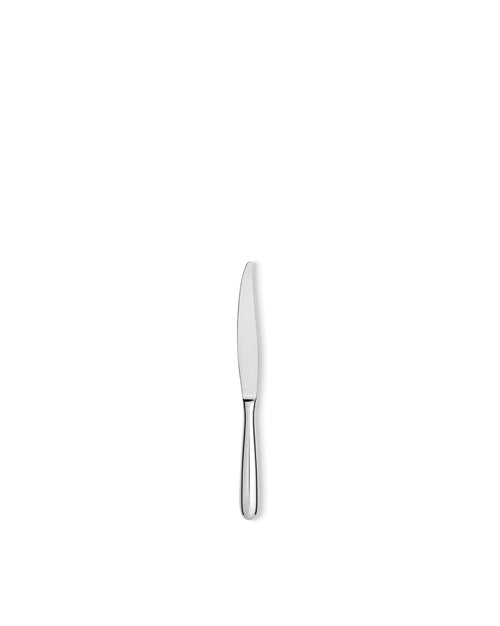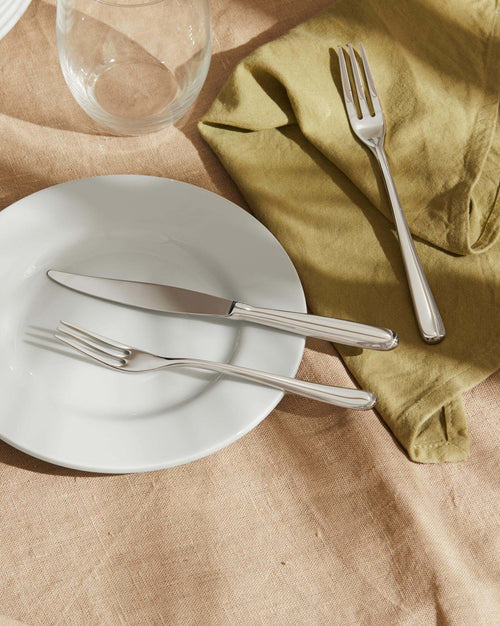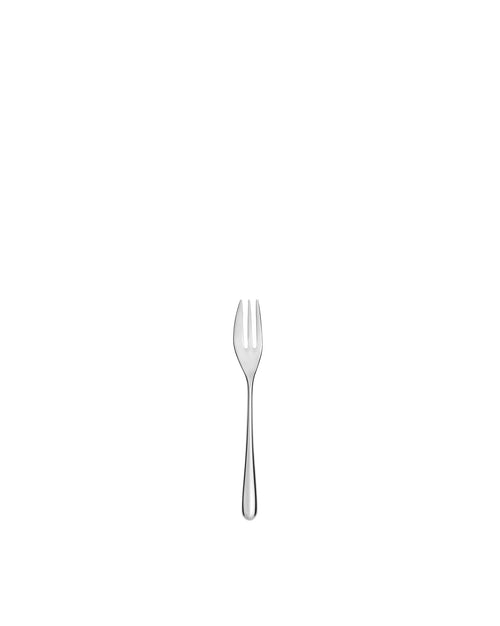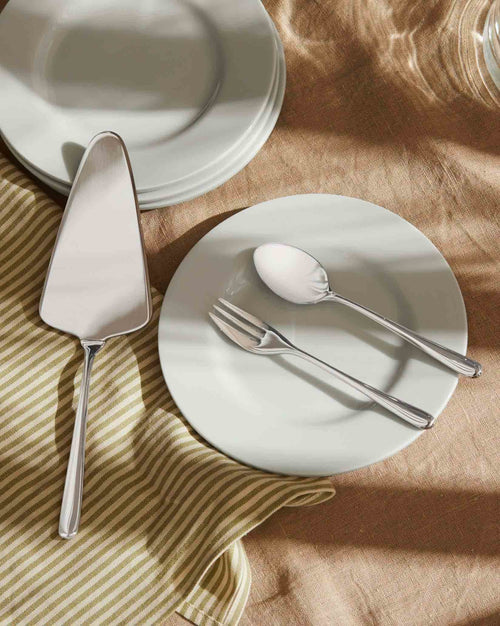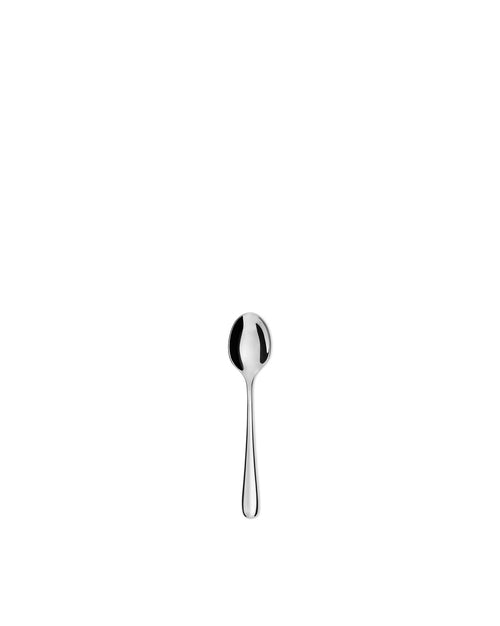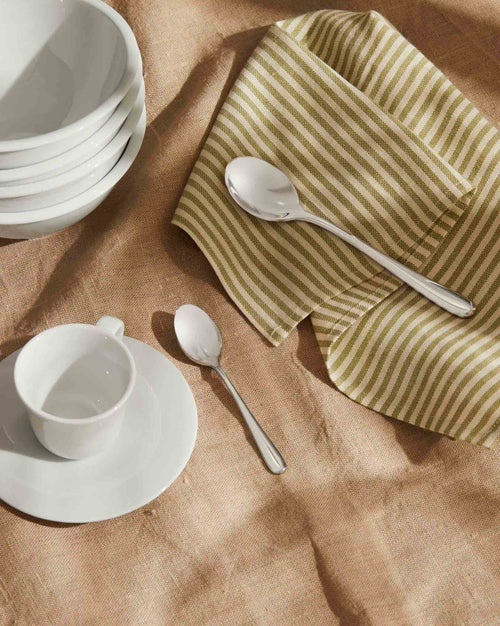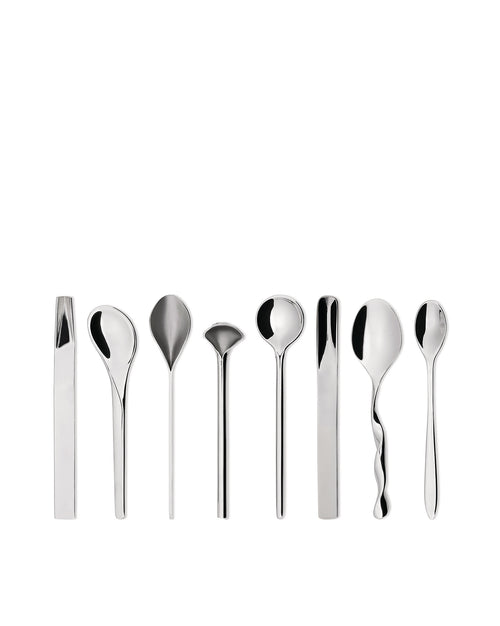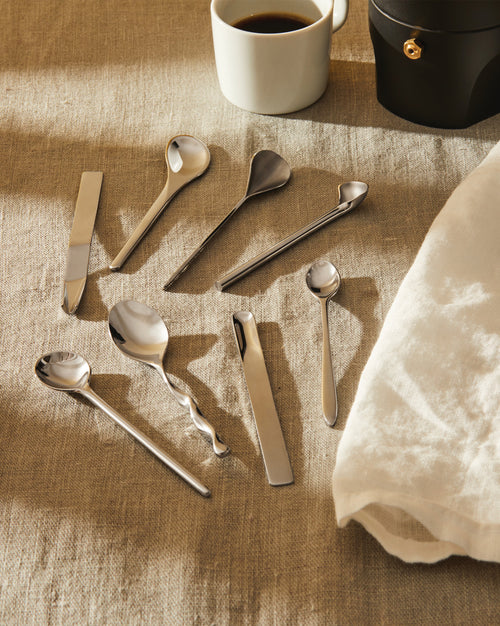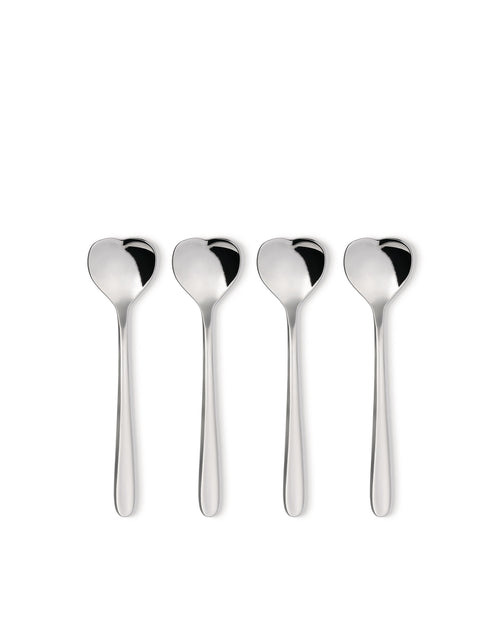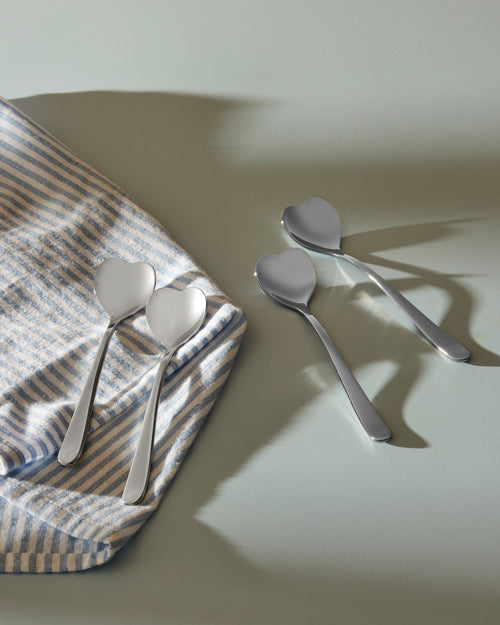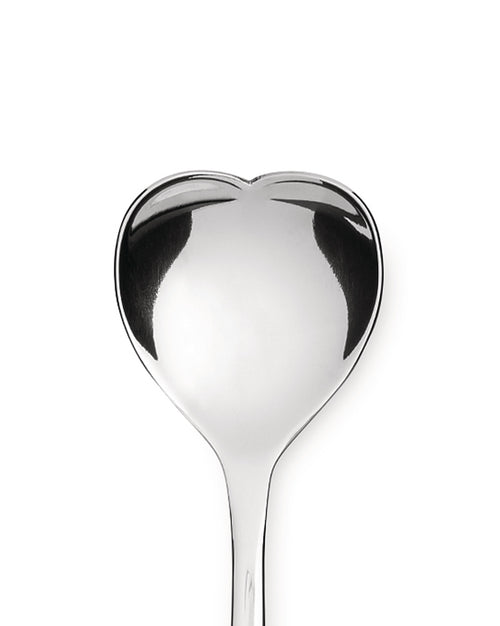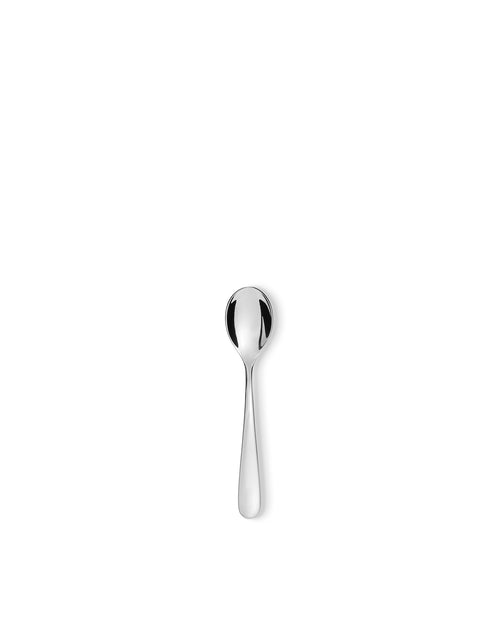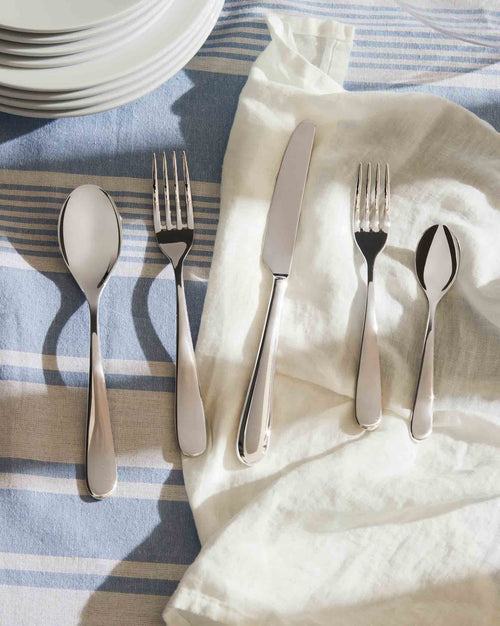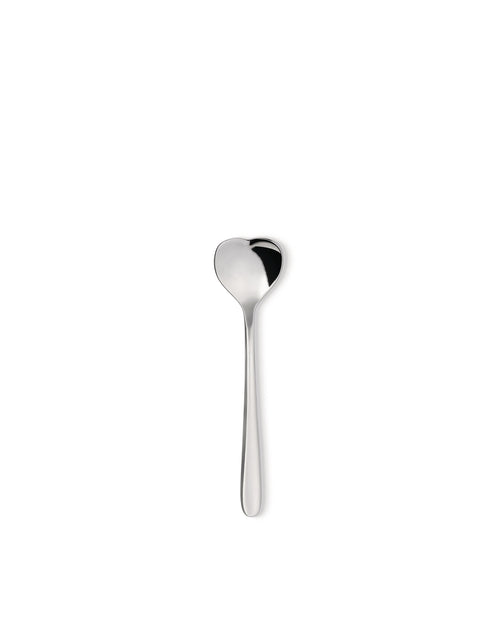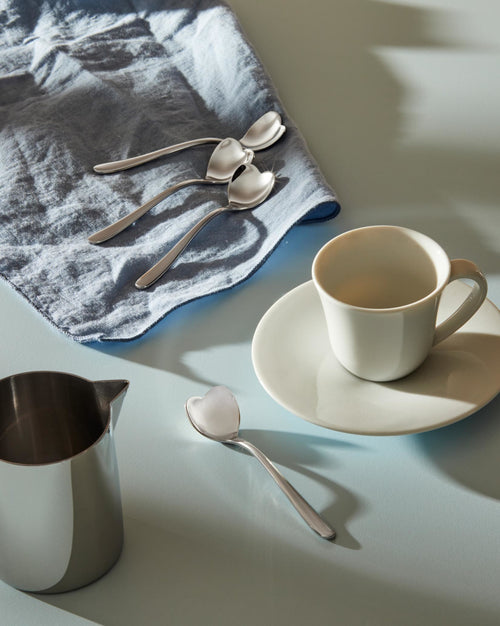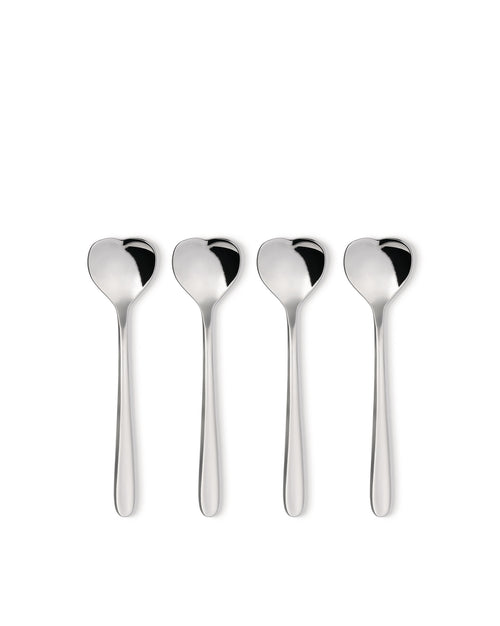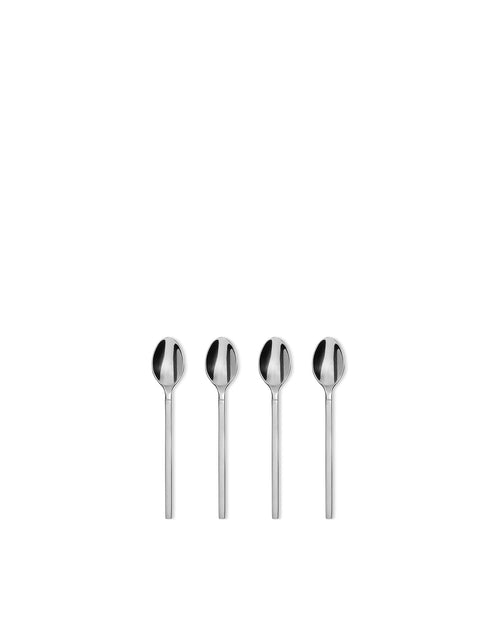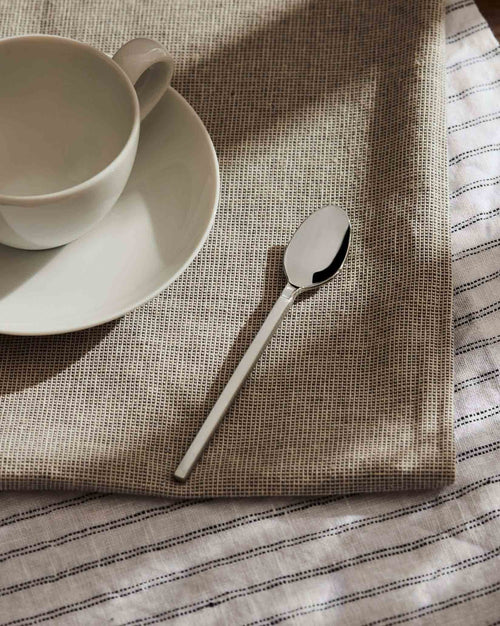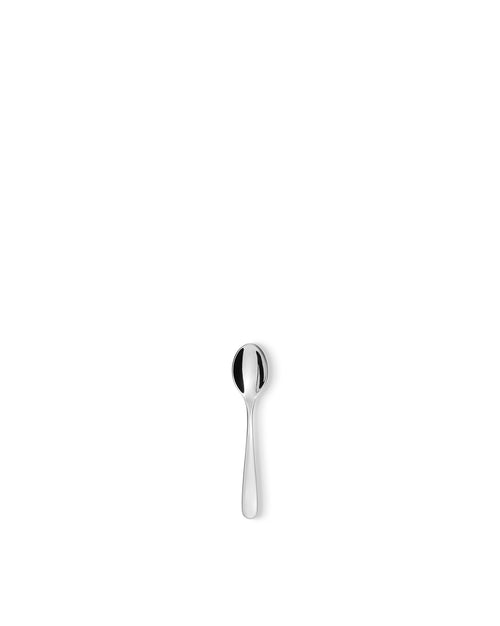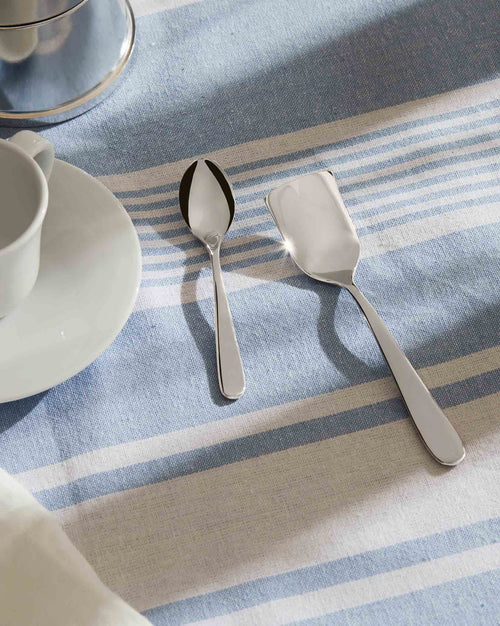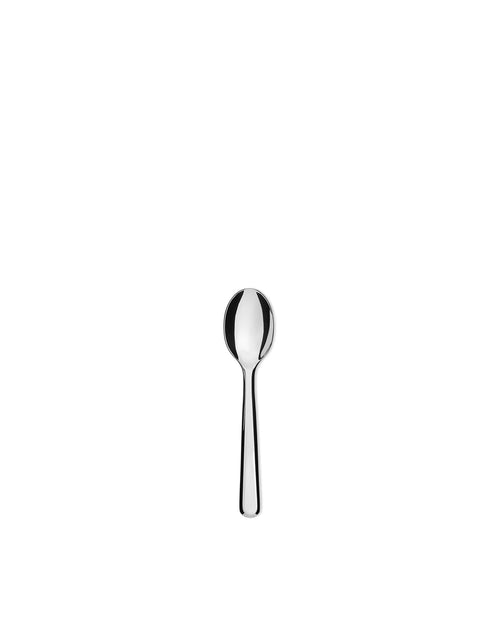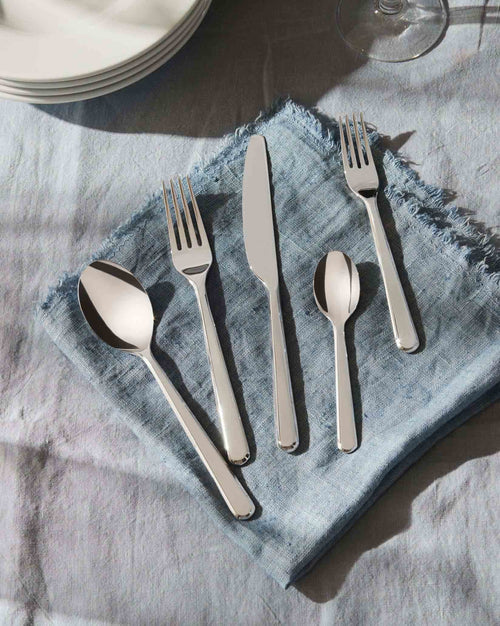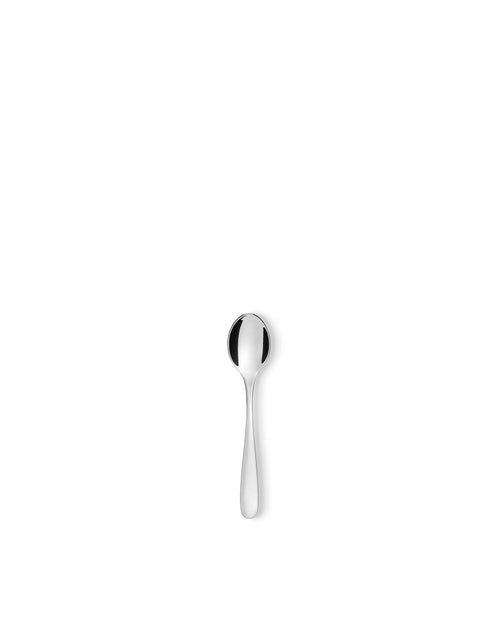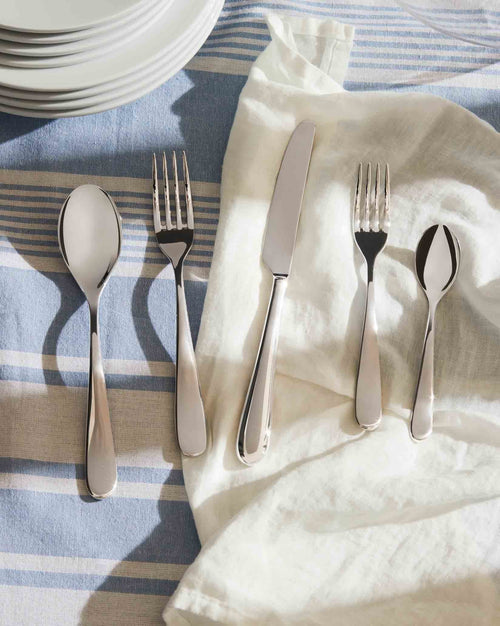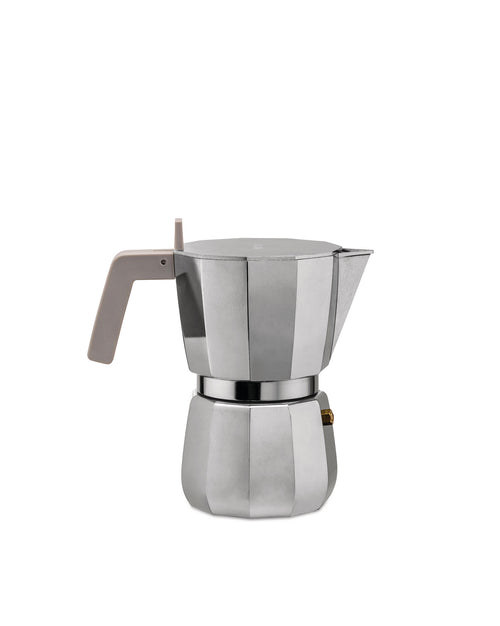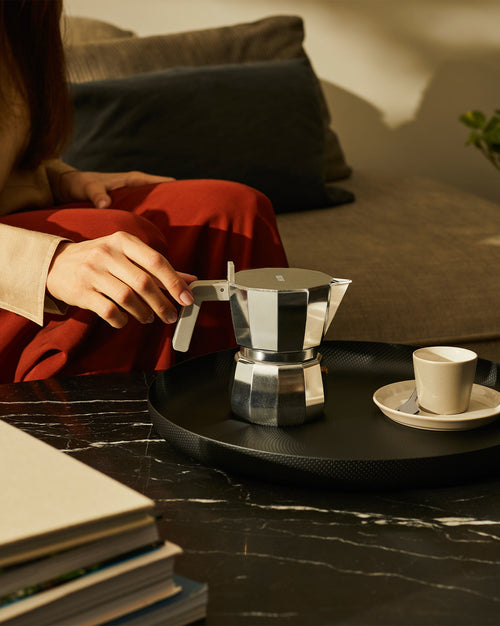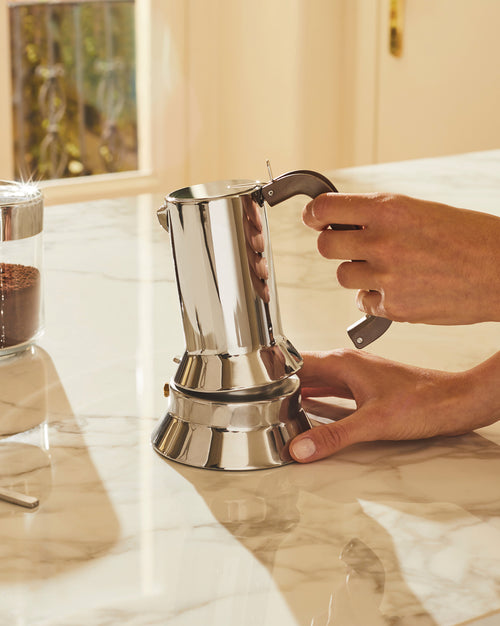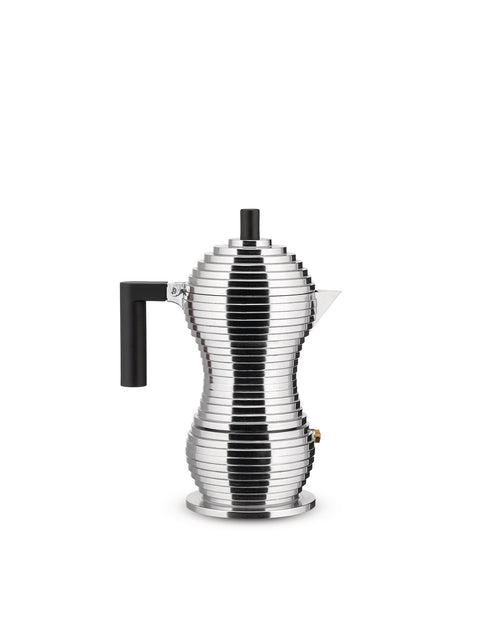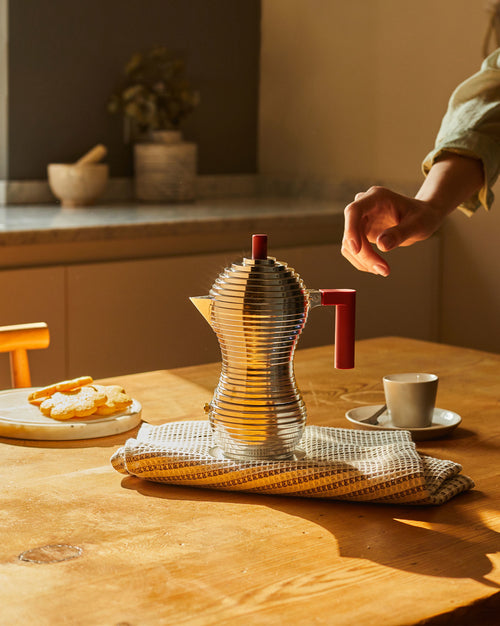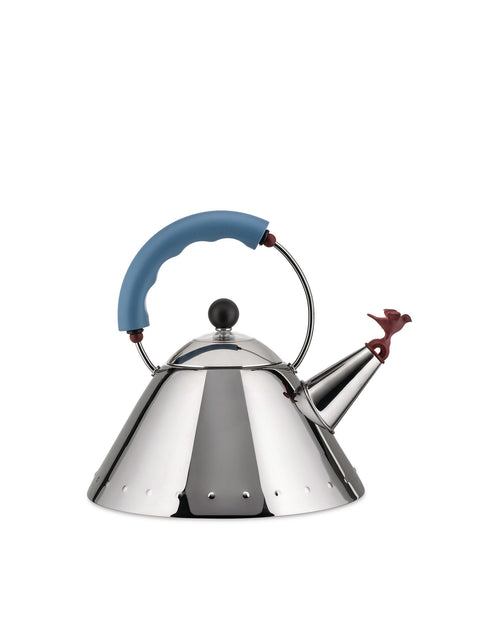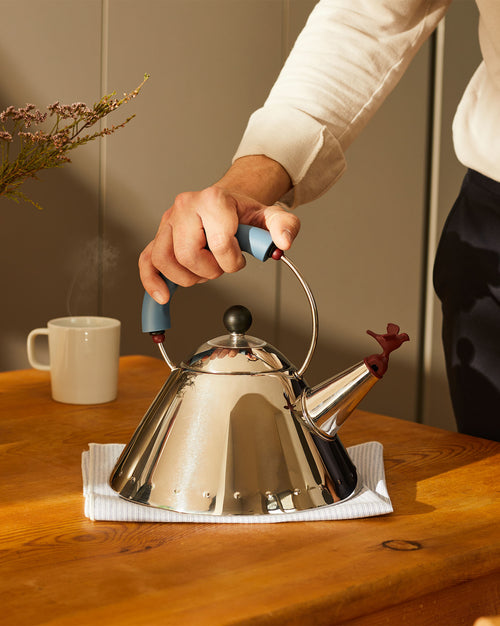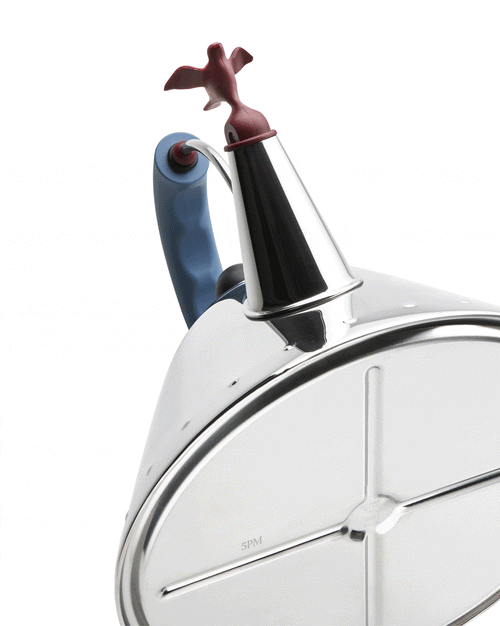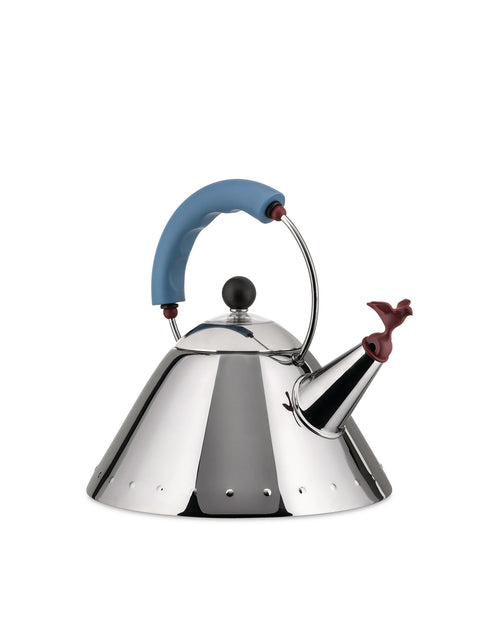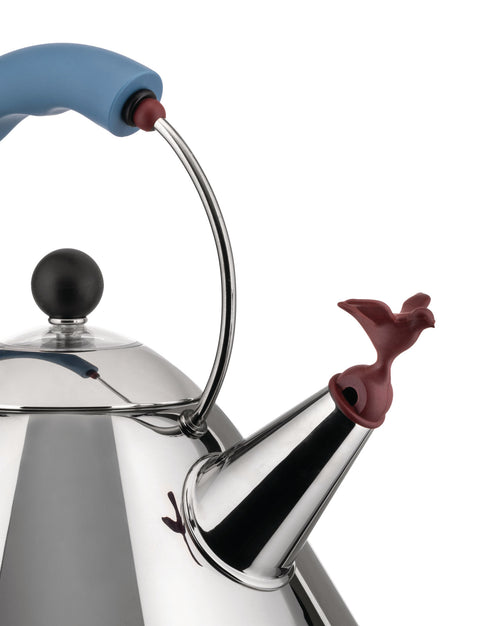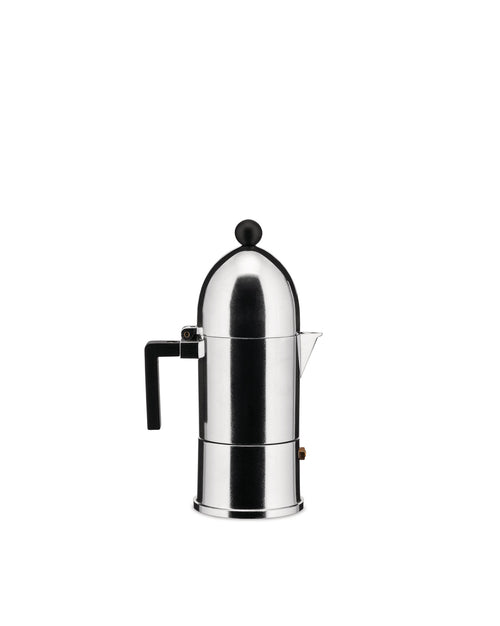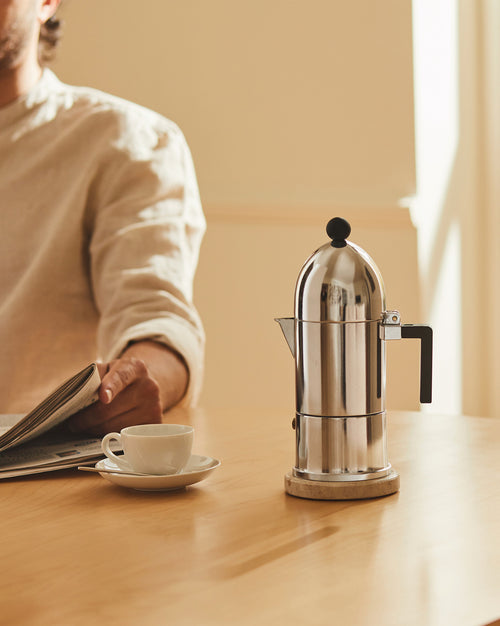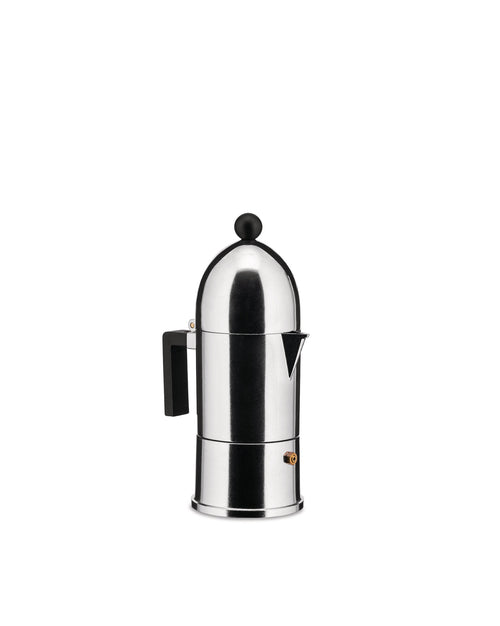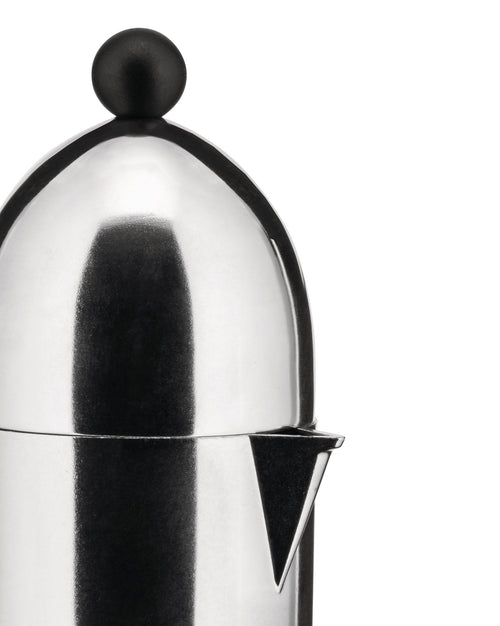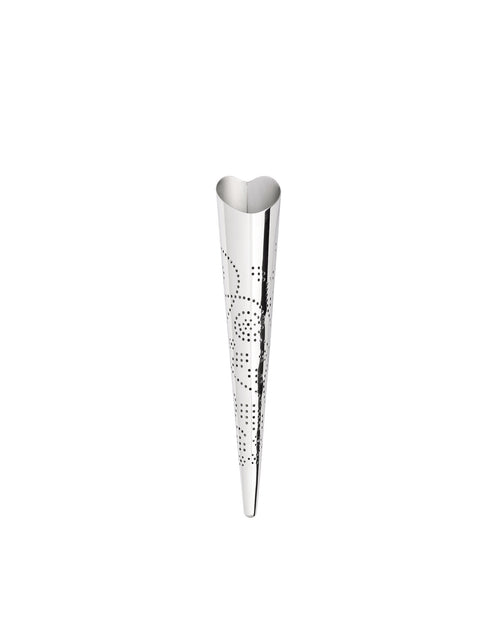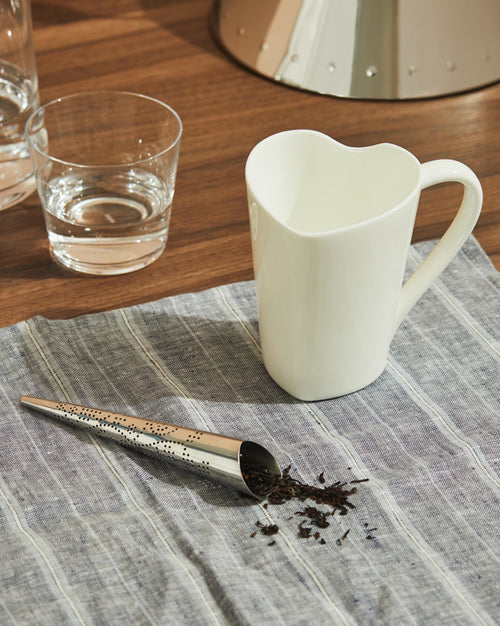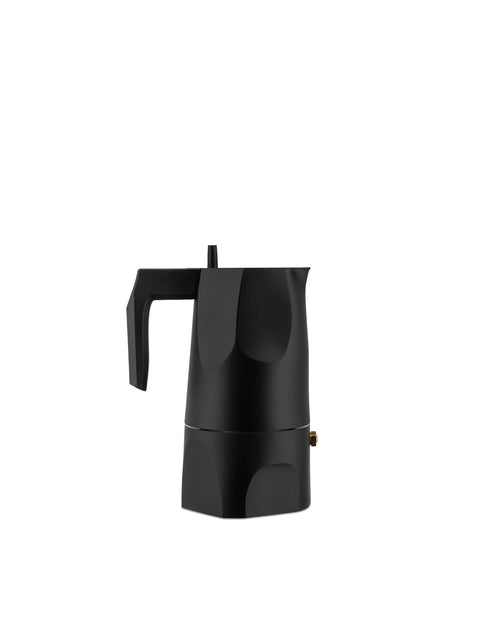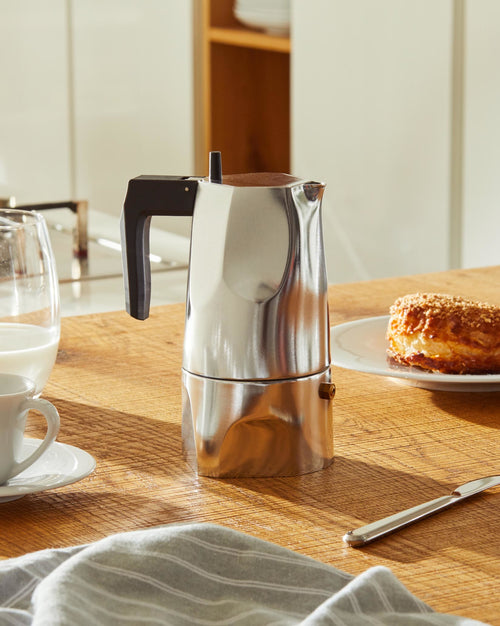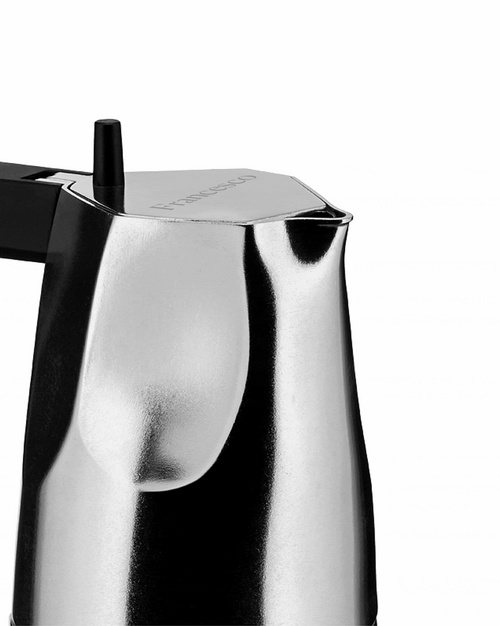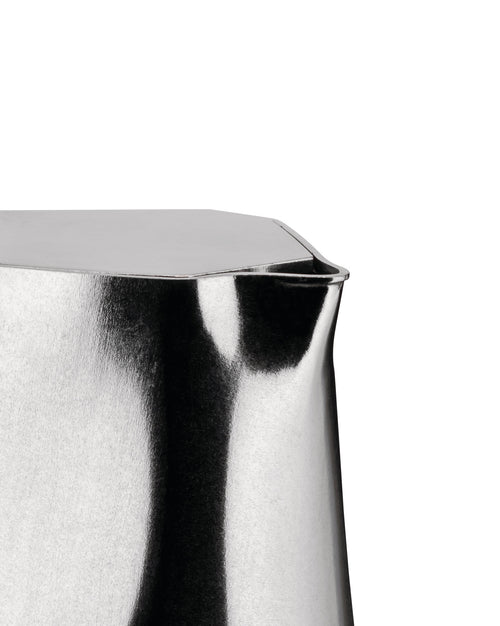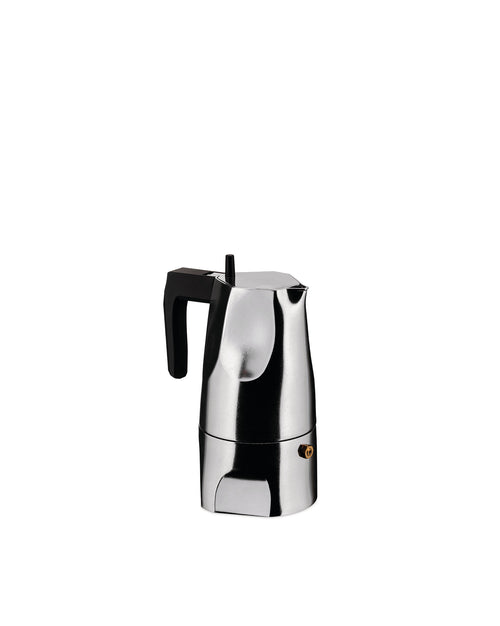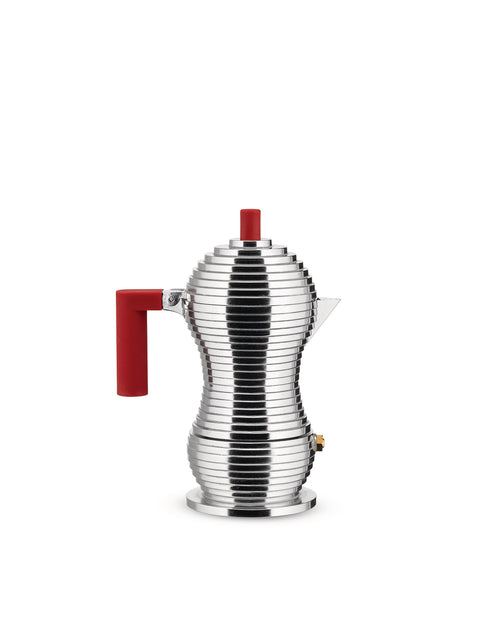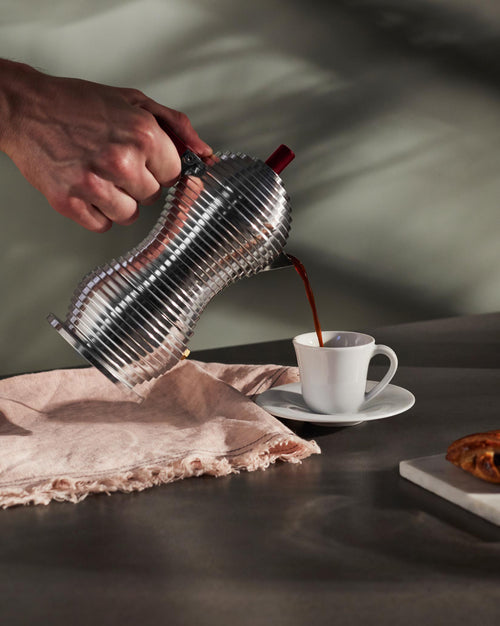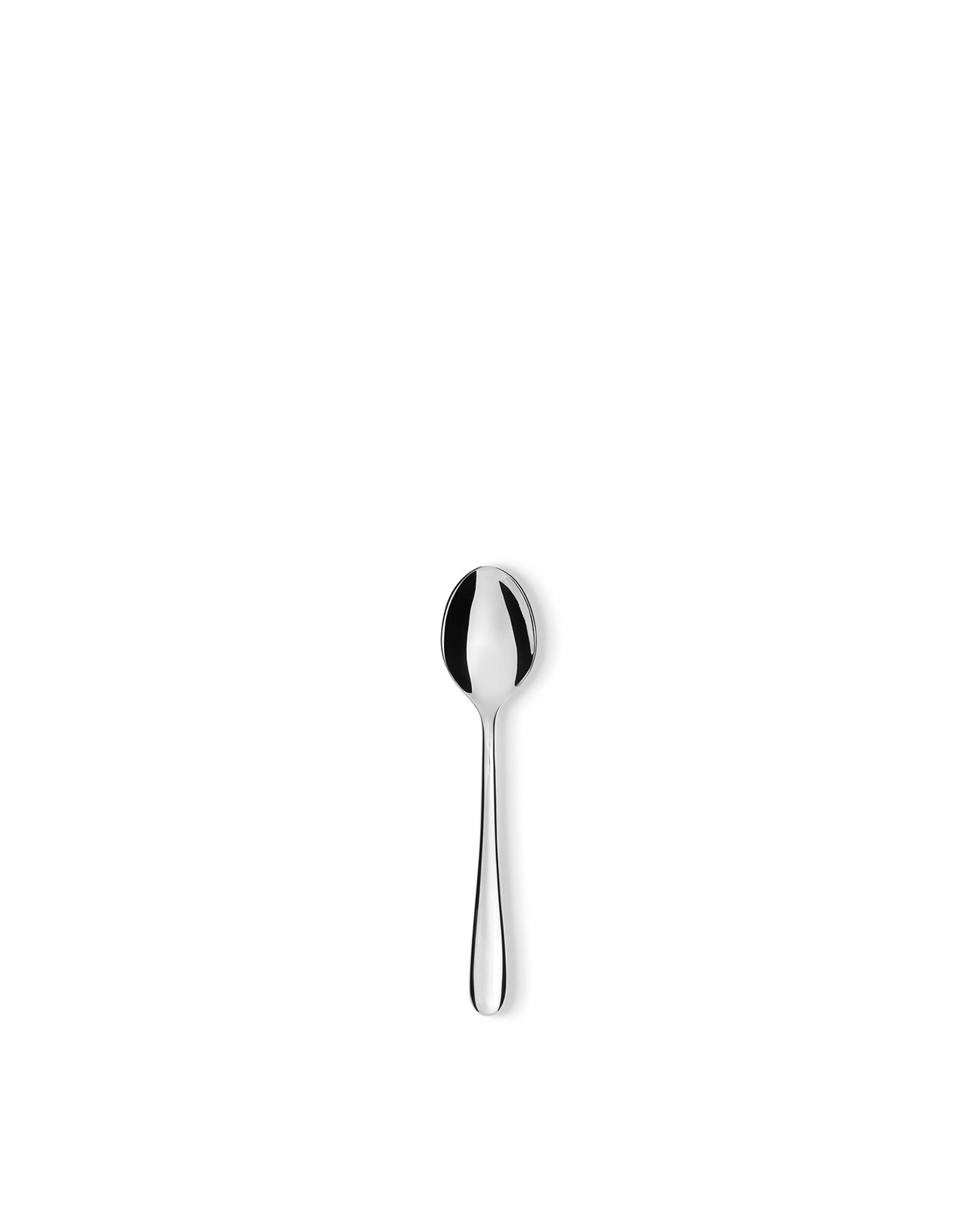
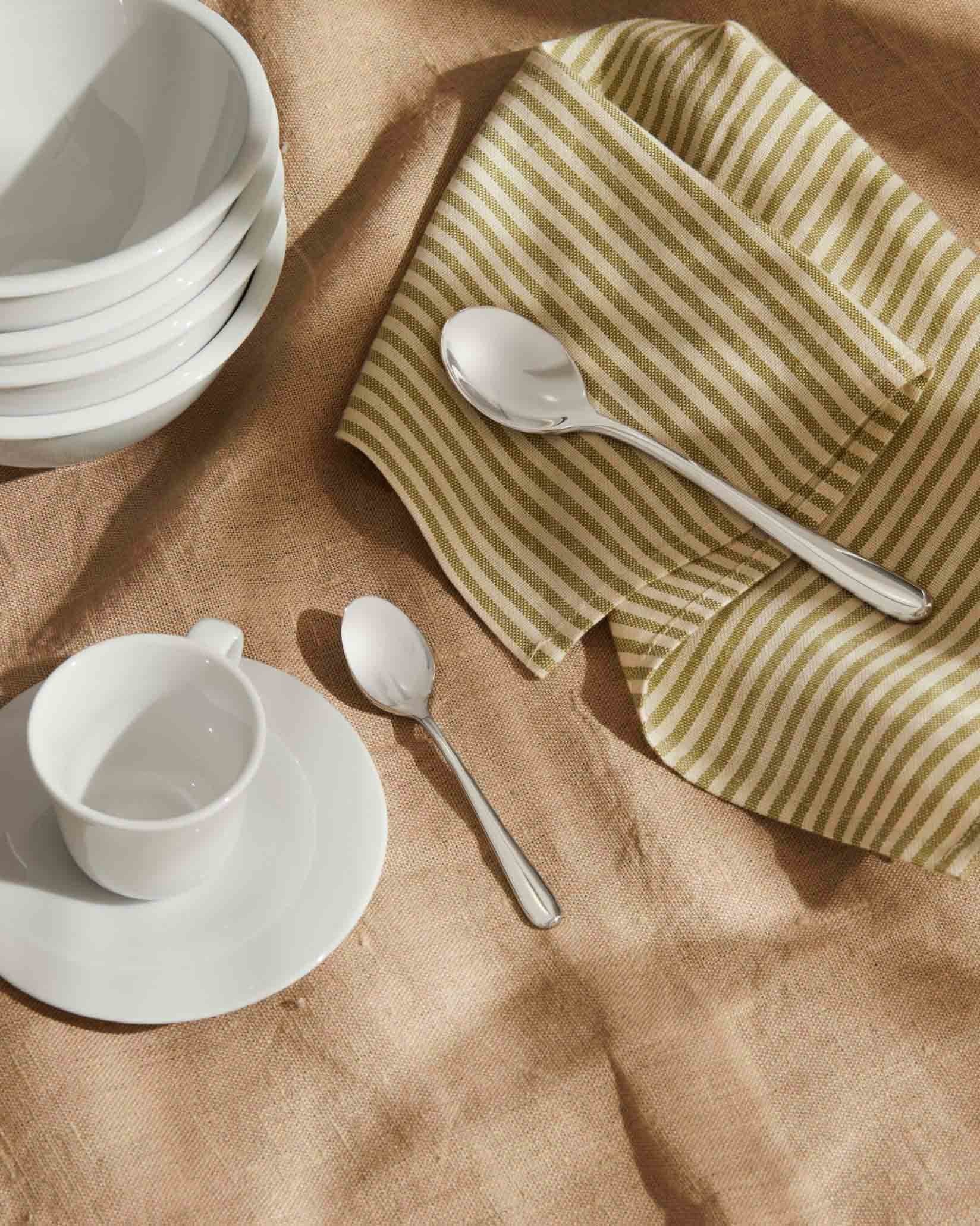
Caccia
CHF 90.00
Tea spoon. 6 pieces
Design Luigi Caccia Dominioni, Livio e Pier Giacomo Castiglioni
Subscription confirmed. We'll let you know when it will be available.
Free shipping over 149 CHF
Free returns within 60 days
Gift Wrapping
More information
Dishwasher
Length (cm) 13.00
Code LCD01/7
Services
Shipping Free shipping on orders over 149 CHF (depending on country)
Returns Free returns within 60 days
Gift Wrapping Available in cart
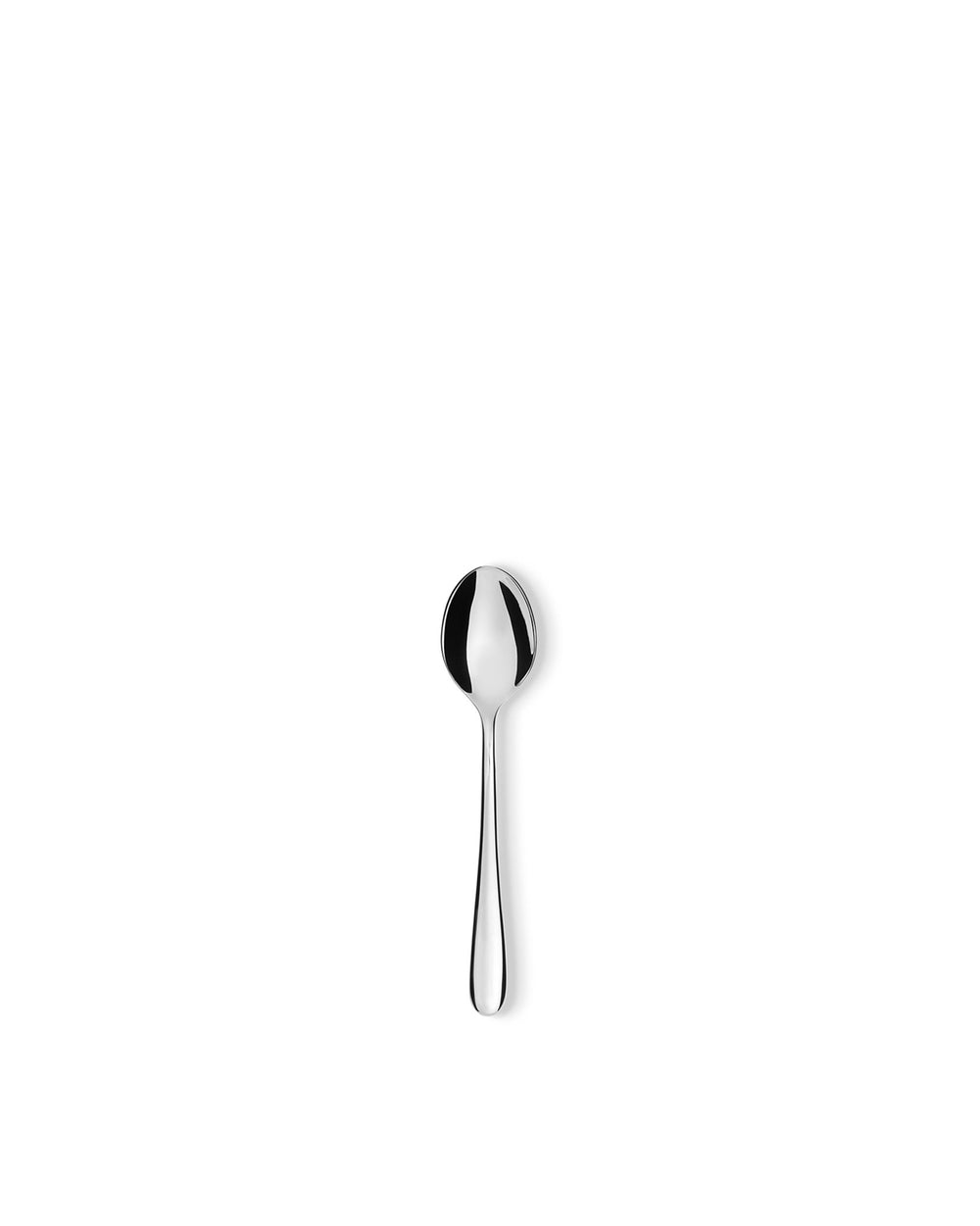
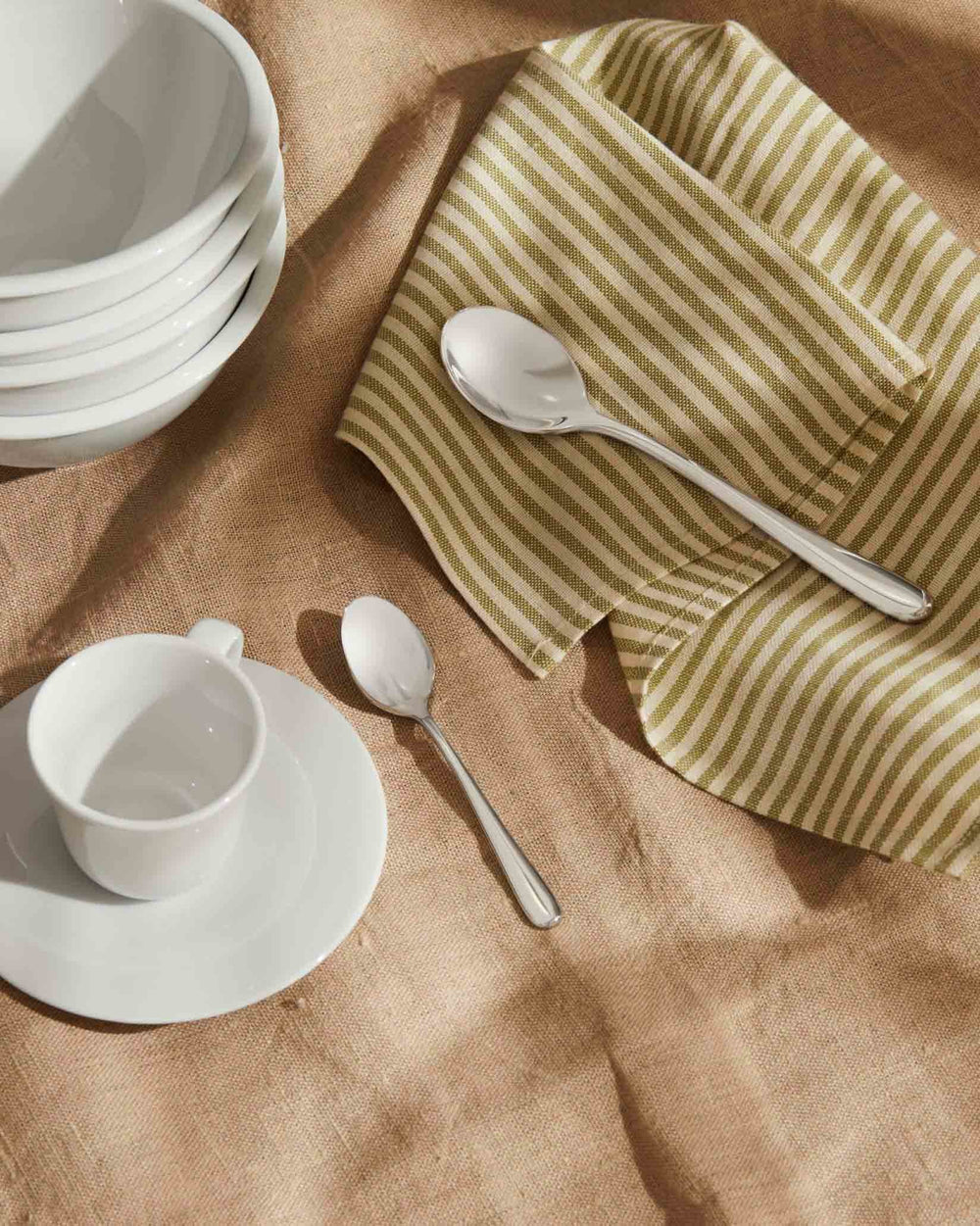
Size chart
To find the perfect size for your ring, find one that fits your finger, place it on a ruler and measure the largest inside area, from inside edge to inside edge. Use the chart below and choose the perfect size.
| Size | S | M | L |
|---|---|---|---|
| Int. Diameter (mm) | 16.5 | 17.4 | 18.5 |
| Italy | 12 | 15 | 18 |
| US | 5-6 | 7-8 | 9-10 |
| European | 52 | 55 | 58.5 |
| UK | L1/2 | N1/2 | Q1/2 |
| US | 6 | 7 | 8.5 |
Caccia
Tea spoon. 6 pieces
CHF 90.00
You may also like
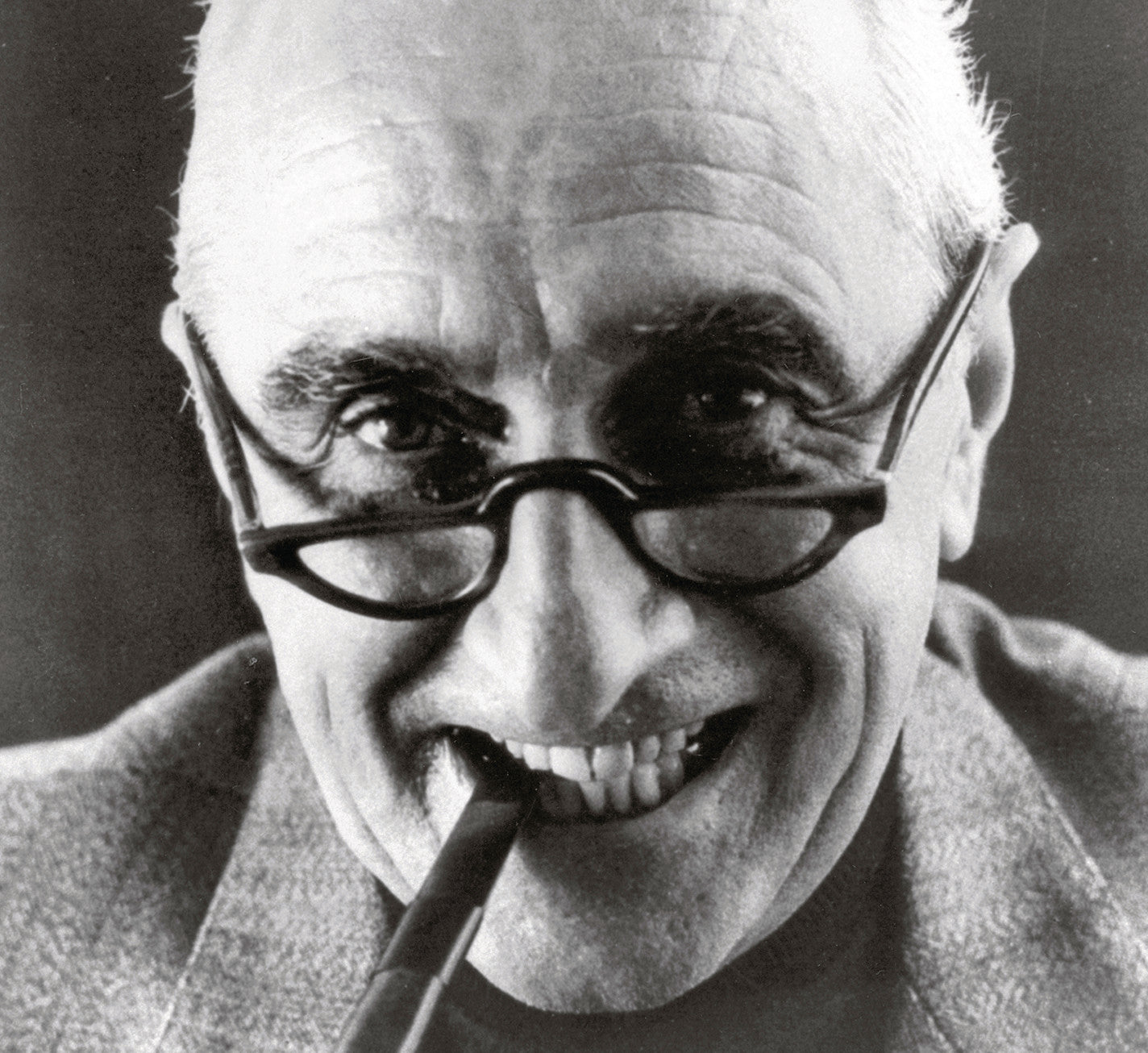

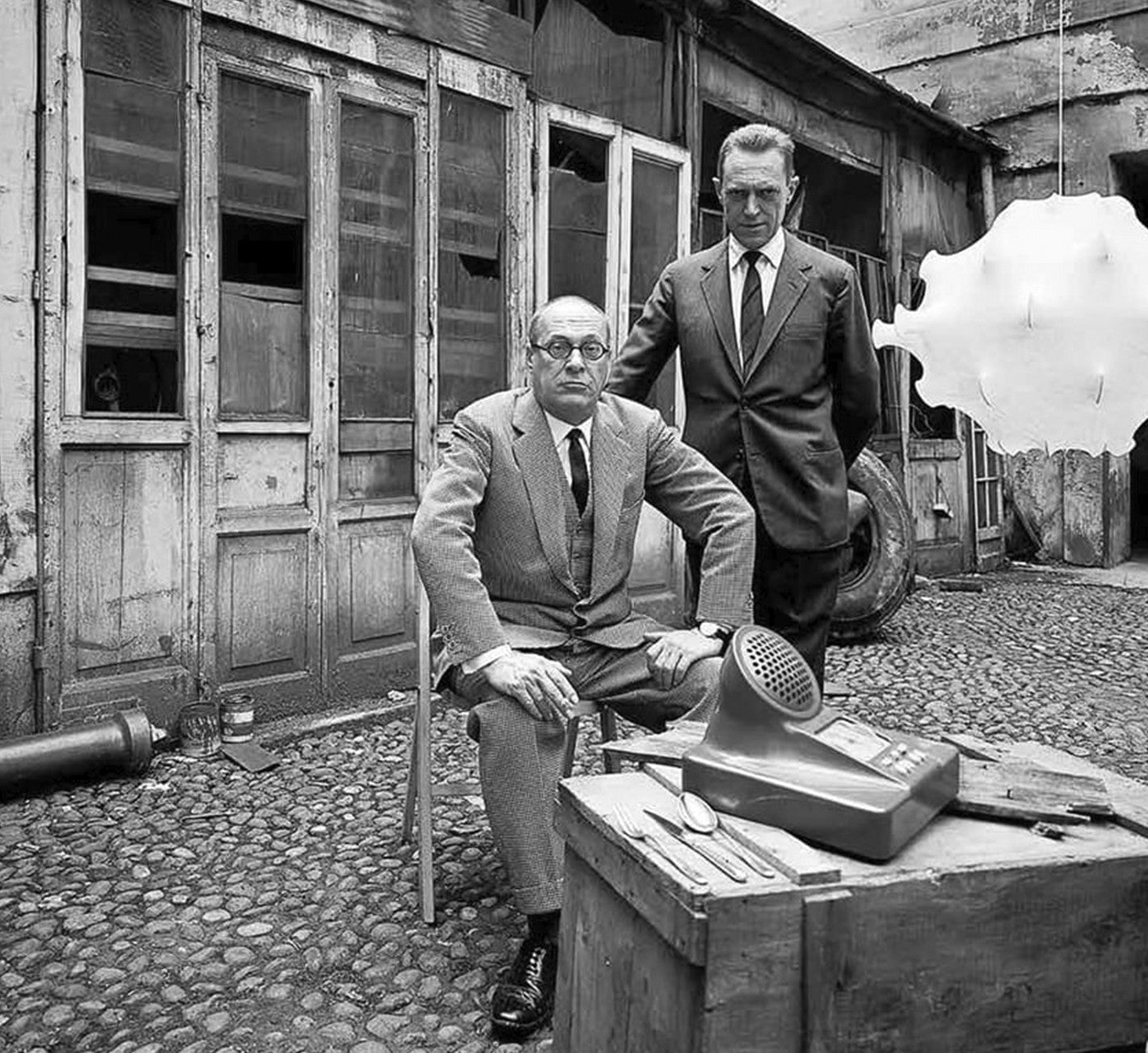
Caccia
Designed in 1938 and presented in silver at the 1940 Triennale, the Caccia series of cutlery - an excellent example of “Lombard classicism” in design - won praise from Gio Ponti for the balance it struck between an image of craftsmanship and the industrial future of household objects.
DiscoverLuigi Caccia Dominioni
Born in Milan in 1913, he graduated in architecture from the Polytechnic of Milan in 1936 and in the same year he started his activity in Venice together with Livio and Pier Giacomo Castiglioni, winning the competition held at the Vimercate School. In the field of Industrial design he was considered a "pioneer" when he presented at the VII Triennial in Milan a series of radios designed together with the Castiglioni brothers. In the '50s he set up, together with Gardella and Corradi, Azucena which is a collection of the furniture and objects he designed. The "Caccia" cutlery he designed are shown at the Museum of Modern Art of New York.
Meet the designerLivio e Pier Giacomo Castiglioni
Born in Milan in 1911. He graduated in architecture from the Polytechnic of Milan in 1936. He started working with his brothers Achille and Pier Giacomo immediately after the war focussing their attention mainly on city planning, architecture and particularly on design. All the experiments and studies on design were possible thanks to the many exhibitions they designed and where Livio worked as light and sound technician.
Meet the designer